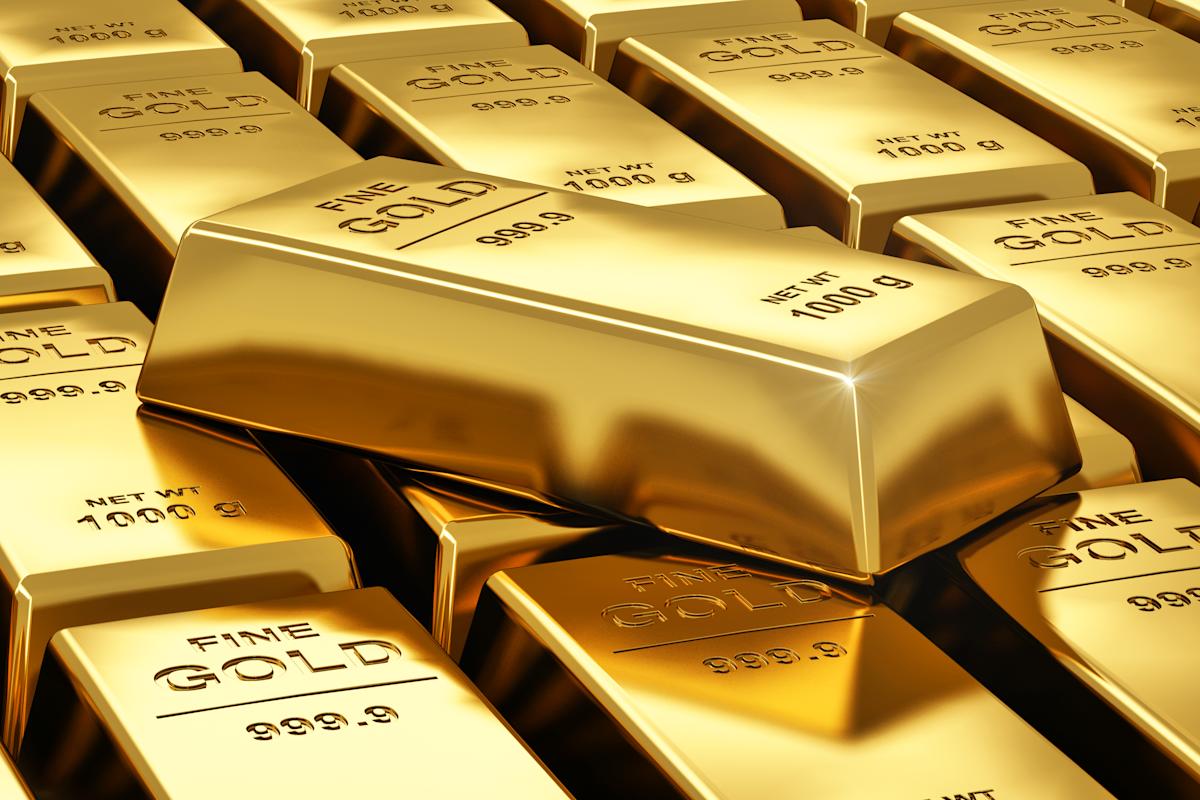Even though the Sun generates numerous elements through the process of nuclear fusion, it is unable to produce gold. The enormous amount of energy that is necessary to create gold can only be produced in two specific ways: either when stars go supernova & when neutron stars collide. The rapid neutron capture process, often known as the r-process, is the means by which heavy elements are created in these high conditions.
Where Can You Find Gold In The Wild?
Every single piece of gold that was discovered on Earth originated in the remnants of long-dead stars. As the Earth was forming, dense substances like iron and gold gravitated toward the center of the planet to form its core. If something else significant hadn’t taken place, there wouldn’t be any gold in the crust of the earth.
However, some 4 billion years ago, Earth is subjected to an onslaught of asteroid collisions. Because of these hits, the deep layers of the planet were agitated, and as a result, some gold was driven into the mantle & crust.
Ores extracted from rocks occasionally include traces of gold. It is possible to find it in flake form, as the native element alone, or combined with silver to form the natural alloys electrum. The gold is separated from the other minerals as a result of erosion. Because gold is so dense, it has a tendency to settle to the bottom of streams and oceans, where it can be found in alluvial deposits.
The rapid decompression of mineral-rich water is facilitated by earthquakes, which play a significant role in the process. As the water evaporates, veins of quartz & gold deposit themselves on the surfaces of the rocks. Volcanoes are home to their own version of a similar process.
What Is The Overall Quantity Of Gold That Exists Across The Globe?
The amounts of gold that has been mined from the Earth represents only a very small percentage of its overall mass. The U.s. Geological Survey (USGS) came to the conclusion in 2016 that 5,726,000,000 troy ounces, which is equivalent to 196,320 tones of U.S. weight, had been generated since the beginning of civilization.
It is estimated that approximately 85 percent of this gold is still in circulation. Gold does not occupy a lot of space relative to the amount of its mass because it has a very high density (19.32 gram per cubic centimeter). In point of fact, if you were to melt all of the gold that has been mined up to this point, you would end up with a cube that is around 60 feet across!
However, gold only makes up a few part per billion of total mass of Earth’s crust. There is approximately one million tones of gold inside the top kilometer of the Earth’s surface; yet, it is not economically possible to extract a significant amount of this precious metal. It is unknown how much gold is found in the mantle & core of the earth, although there is a lot more of it there than there is in the crust.

